How does my car’s transmission work?
There are many parts to any car, thousands in fact, but some of the systems that control what your car does and how it does it can be more important than others. The transmission is one of the most important, as without it, the power from the engine could never reach the wheels, and your car wouldn’t be much use. If you’re wondering what does a transmission do, you’re in the right place.
What is a car transmission?
OK, what is a transmission? There are two major types of transmissions in most cars on the road today: automatic and manual. We’ll go into more detail on how those work in a moment, but it’s important to note that several other types of transmissions are available, though they’re typically considered types of automatic transmissions. The dual-clutch transmission functions on principles similar to that of the manual transmission, but with computer control, bridging the gap between manual and automatic. The continuously variable transmission (CVT) does away with individual gears altogether, ramping up its power transmission ratio according to a set of rules.
Electric cars often don’t have a transmission at all, strictly speaking, having just a single fixed ratio to transmit power to the wheels. But some high-performance models have begun to adopt multi-speed transmissions to increase efficiency and performance.
Regardless of the type of car or the type of transmission, the transmission is responsible for moving the engine or motor’s power to the car’s wheels, so the power can be put to use moving the car forward.
Car transmission parts
Before we delve into the way the manual and automatic transmissions work, we should define some key terms:
gear: in this context, a gear is a set of toothed wheels that work together to determine or alter the relation between the speed of a vehicle’s engine and the speed of its wheels; it is also the term used to describe each of the gears a driver can select, which is in fact a ratio of the selected gears on the input and output shafts.
gear ratio: the ratio between the rates at which the input and output of a set of gears rotate
clutch: a mechanism for connecting and disconnecting a vehicle’s engine from its transmission system
transmission: a mechanism for transmitting power from a vehicle’s engine (or motor) to its wheels
shift lever: a control lever which the driver uses to manage the current gear (or gear range) of a vehicle’s transmission
H pattern: an arrangement of gears, usually designated on the shift lever knob, where in the gears are arranged in a series of parallel rows, reminiscent of an “H” with extra legs
2022 Cadillac CT4-V Blackwing and CT5-V Blackwing manual transmission
How does a manual transmission work?
The automatic transmission is far and away the most popular kind on the road, and the most popular in new-vehicle sales. But the manual transmission is simpler in its construction and function, so we’ll start with it in the descriptive process. Much of the function of the manual transmission can be carried over to, or analogized to the study of automatic transmissions.
So, what is a manual transmission? In its most basic form, a manual transmission consists of a set of gears along a pair of shafts, the input shafts and output shafts. The gears on one shaft engage with those on the other shaft. The resulting ratio between the gear selected on the input shaft and the gear engaged on the output shaft determines the overall gear ratio for that “gear.”
The driver selects gears in a manual transmission by moving a shift lever, which engages a linkage that controls the movement of the gears along the input shaft. Moving the lever forward or rearward chooses between the two gears available on a given linkage; cars with four gears, or speeds, use two linkages; cars with five or six speeds use three linkages. The driver changes between linkages by moving the shift lever left and right.
To engage a gear in a manual transmission, the driver pushes in the clutch pedal, disconnecting the engine from the input shaft of the transmission. This frees the gears on the input shaft to move, as when the engine is sending torque through the input shaft, the gears on it are engaged. Once the clutch has disconnected the power from the engine to the transmission, the user selects the appropriate gear (i.e. first, third, reverse) and releases the clutch, re-engaging engine power to the input shaft and propelling the car with the selected gear ratio.
How does an automatic transmission work?
In an automatic transmission, the same essential process is going on within the transmission itself, but it’s all done behind the scenes. One of the primary differences between an automatic transmission and a manual transmission is that automatics don’t use clutches (typically, anyway). Instead, the automatic transmission relies on a torque converter to de-couple the engine and the gear set.
The torque converter functions on principles of fluid dynamics that are too technical to discuss in detail without the mathematics and science behind it, but the basic premise is simple: when the engine is spinning slowly, very little torque is transmitted through the fluid and turbine inside the torque converter; when the engine is spinning quickly, almost all of the engine’s torque is transmitted to the transmission. The torque converter is why automatic transmission cars “creep” forward when idling and in “drive”, as a small amount of the engine’s torque is being supplied to the transmission’s input shaft.
With the torque converter handling the connection of the transmission’s input from the engine, the gears inside the transmission are free to do their work without the driver’s direct intervention. But how does the automatic transmission figure out which gear is necessary, and then select that gear? The premise is the same as with the manual transmission, but the way it accomplishes that goal is very different.
Instead of gears arrayed along two parallel shafts as in the manual transmission, the automatic transmission uses a single concentric shaft, with sets of gears inside and around each other in a “planetary” arrangement, including a “sun” gear, a “planet carrier” or “carrier” that holds multiple planet gears, and a “ring” gear.
This planetary gear set functions by altering the ratio of input to output gear speeds trough engagement of one of the gears to another, offering a range of available ratios depending on which is engaged to which. But rather than being controlled by a shift lever, a complex system of hydraulics control which set of planetary gears are engaged at a given time. This hydraulic control system is in turn controlled by an electronic control unit programmed to suit the engine and vehicle the automatic transmission is installed in.
All of these gear sets are connected to the engine’s input by a series of internal clutches, which are also controlled by the computer and hydraulic system, to determine the gear ratio that will be output through the output shaft to the drive shaft to the wheels.
What is a CVT and how does it work?
Many drivers are unlikely to notice the difference between a CVT and an automatic transmission. In fact, CVTs are both simpler and more efficient. They have fewer moving parts, and they’re designed so that the car’s engine stays where it most effectively balances the need for power and the need for fuel. There are different types of CVTs, but most consist of two pulleys connected by a single belt wrapped around them. One pulley is an input pulley that interacts with the engine, and the other is an output pulley that interacts with the wheels. The pulleys squeeze together or pull apart based on input from the car’s computer. This yields an infinite number of gear ratios to make the car run at its most efficient, whether it’s accelerating, decelerating, or traveling at a steady speed.
The infinite number of gear ratios is how a CVT is more efficient than a traditional automatic, which must always select among the fixed number of gears. In other words, a CVT can constantly adjust as necessary, whereas in a traditional automatic, the car is less efficient as it moves through the gears, and even when it stays in a specific gear for a while, it’s not necessarily optimal for the engine.
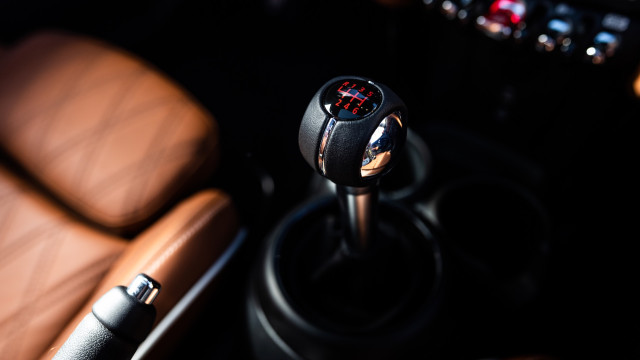
2023 Mini Cooper manual transmission
Automatic vs. manual transmissions
Automatic and manual transmissions each have their advantages and disadvantages. Let’s take a look.
Automatic transmission pros
- Cars with automatic transmissions are easier to drive, and therefore, more convenient.
- Because automatic transmissions are easier to use, they also result in less driver fatigue.
- Drivers who prefer automatic transmissions have more makes and models of vehicles to choose from.
Automatic transmission cons
- Cars with automatic transmissions may need more frequent or expensive maintenance or repair, because the transmission itself is more complicated than a manual.
- Automatic transmissions are less engaging than manual transmissions, which trades simplicity for enjoyment.
Manual transmission pros
- Fans of manual transmission or stick shift cars often say they’re more fun to drive. It’s a skill that can increase driving engagement and enjoyment, and provides more control over the car.
- Familiarity with driving a stick shift may be an advantage while driving in other parts of the world, where manual transmissions are much more common.
- Cars with manual transmissions may be less desirable to car thieves.
Manual transmission cons
- Manual transmissions require more attention, effort, and skill to drive, which can be particularly difficult in heavy traffic.
- Since not everyone can drive a car with a manual transmission, it might not be a good fit for a household with multiple drivers.
- Those who prefer manual transmissions may have a hard time choosing a new car, since they are not very common.
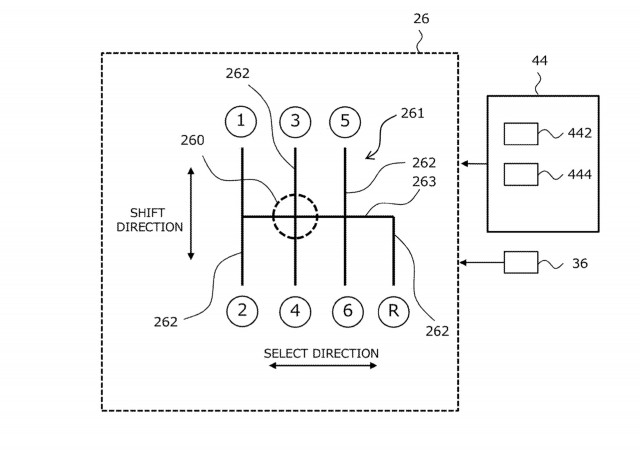
Toyota patent image of manual transmission for electric cars
Most common car transmission problems
If you experience any of the following problems with your automatic or manual transmission, it’s important to take your car to a mechanic, since transmission problems can also cause the engine to overheat.
-
A transmission that won’t stay in gear, or go into gear at all
-
Delayed or skipped shifts
-
High-revving engine from slipping transmission
-
Leaking, burning, or low transmission fluid
-
Noisy transmission from bad internal seals or metal-on-metal wear
-
Car will not accelerate, which can mean the transmission is not transmitting the engine’s power
-
Check engine light, which can mean the engine is not properly interacting with the transmission
Grinding gears while shifting a manual transmission, which can mean internal parts may need to be replaced -
Clutch is not engaging properly, which often means the clutch needs to be replaced
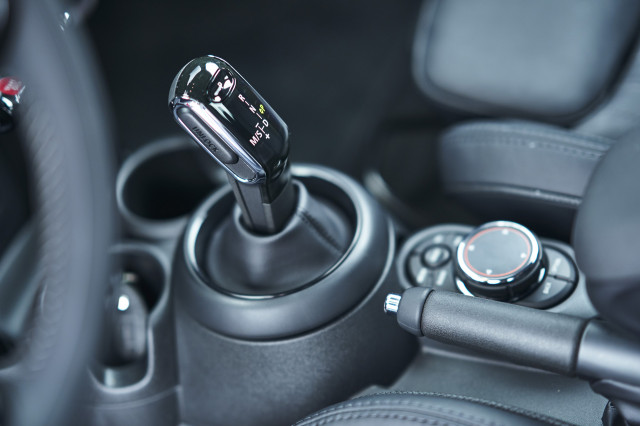
Mini’s 7-speed dual-clutch transmission

Mini’s 7-speed dual-clutch transmission
Frequently Asked Questions
Do all cars have transmissions?
Generally speaking yes. Though electric vehicles, or EVs, use a single fixed ratio to transmit power from the motor(s) to the wheels, this is commonly referred to or described as a single-speed transmission.
What is the difference between an automatic transmission and a manual transmission?
In cars with a manual transmission, the driver is responsible for using a shifter and a clutch to change the car’s gears as necessary. In cars with an automatic transmission, the car’s computer decides when to shift gears, and accomplishes the gear change with more parts.
What is the best kind of transmission?
There’s an argument to be made for most kinds of transmissions. Some drivers prefer the experience of driving a car with a manual transmission. However, cars with automatic transmissions are easier to drive, and cars with CVTs are often the most efficient and use the least fuel.
What is the most common type of transmission?
Automatic transmissions are far more common in new cars today than manual transmissions.
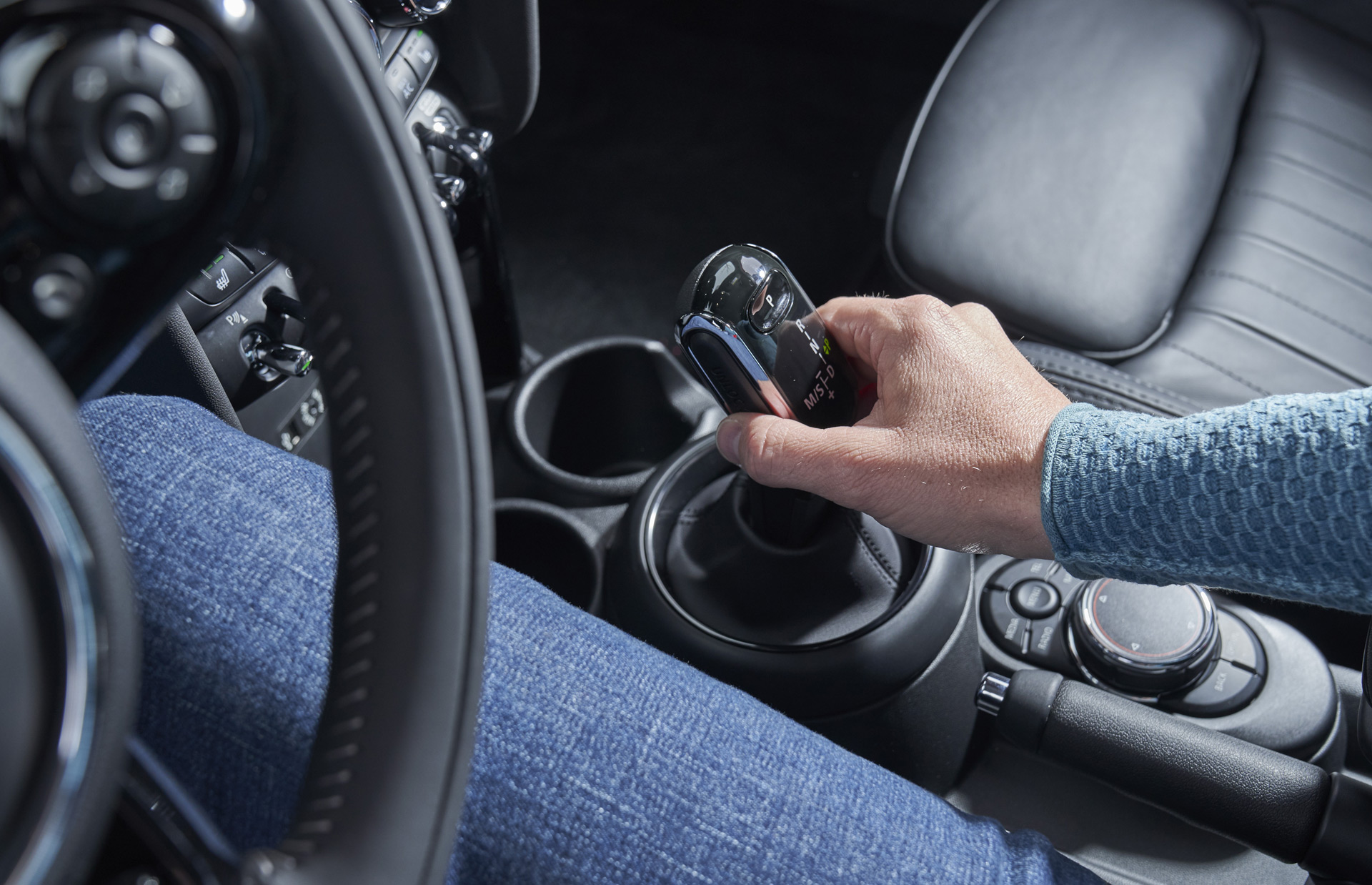
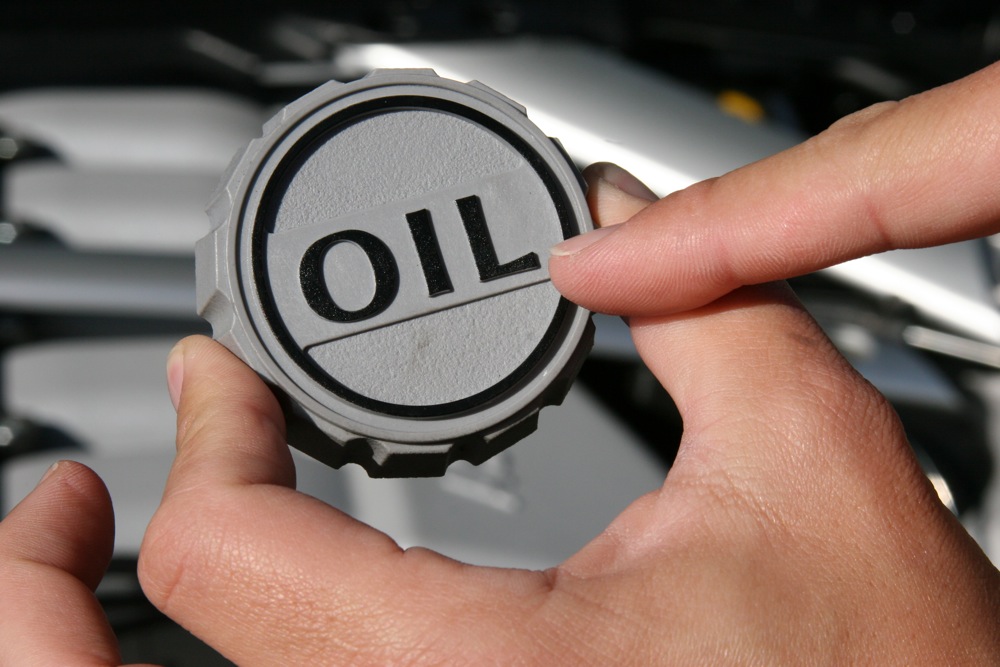
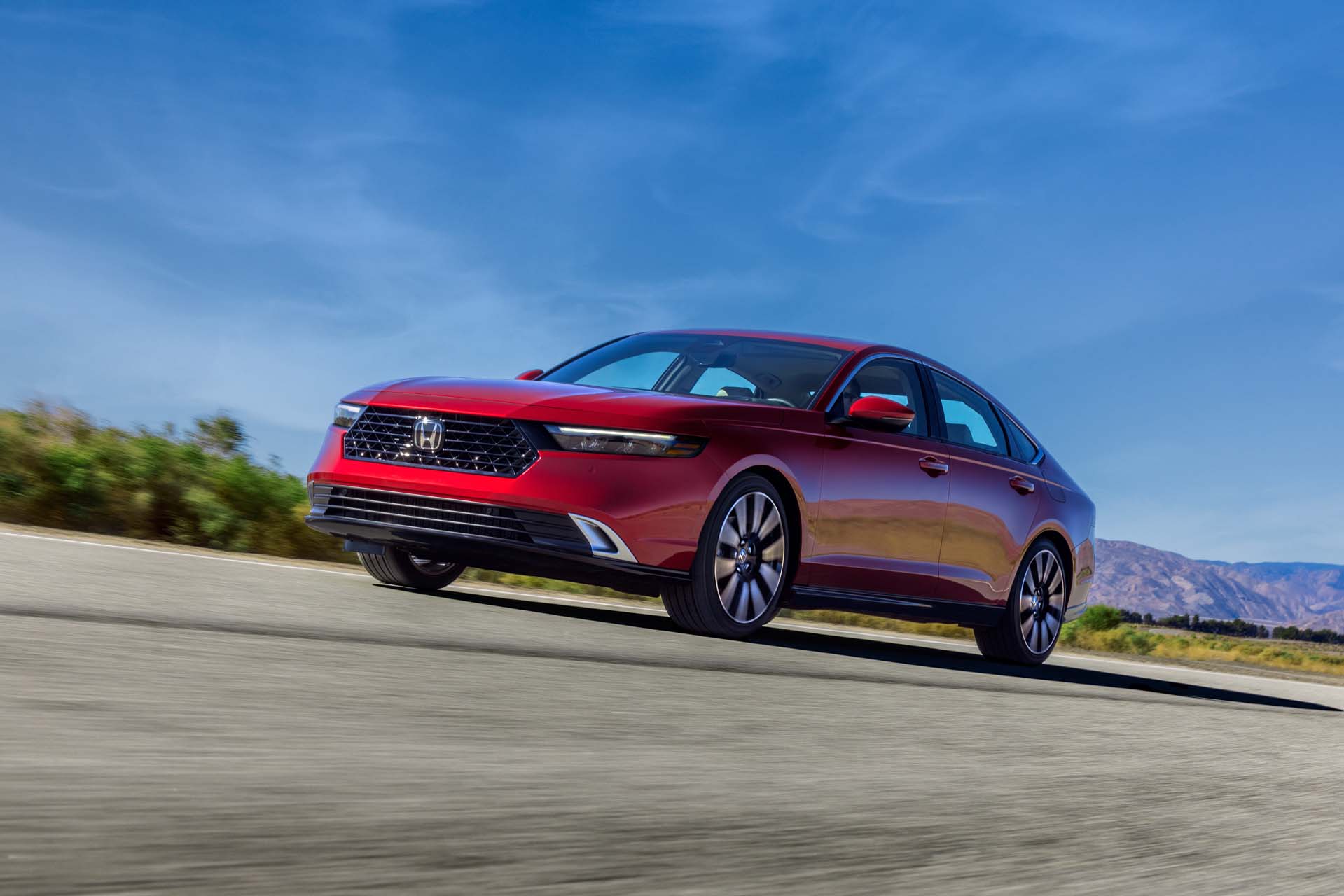
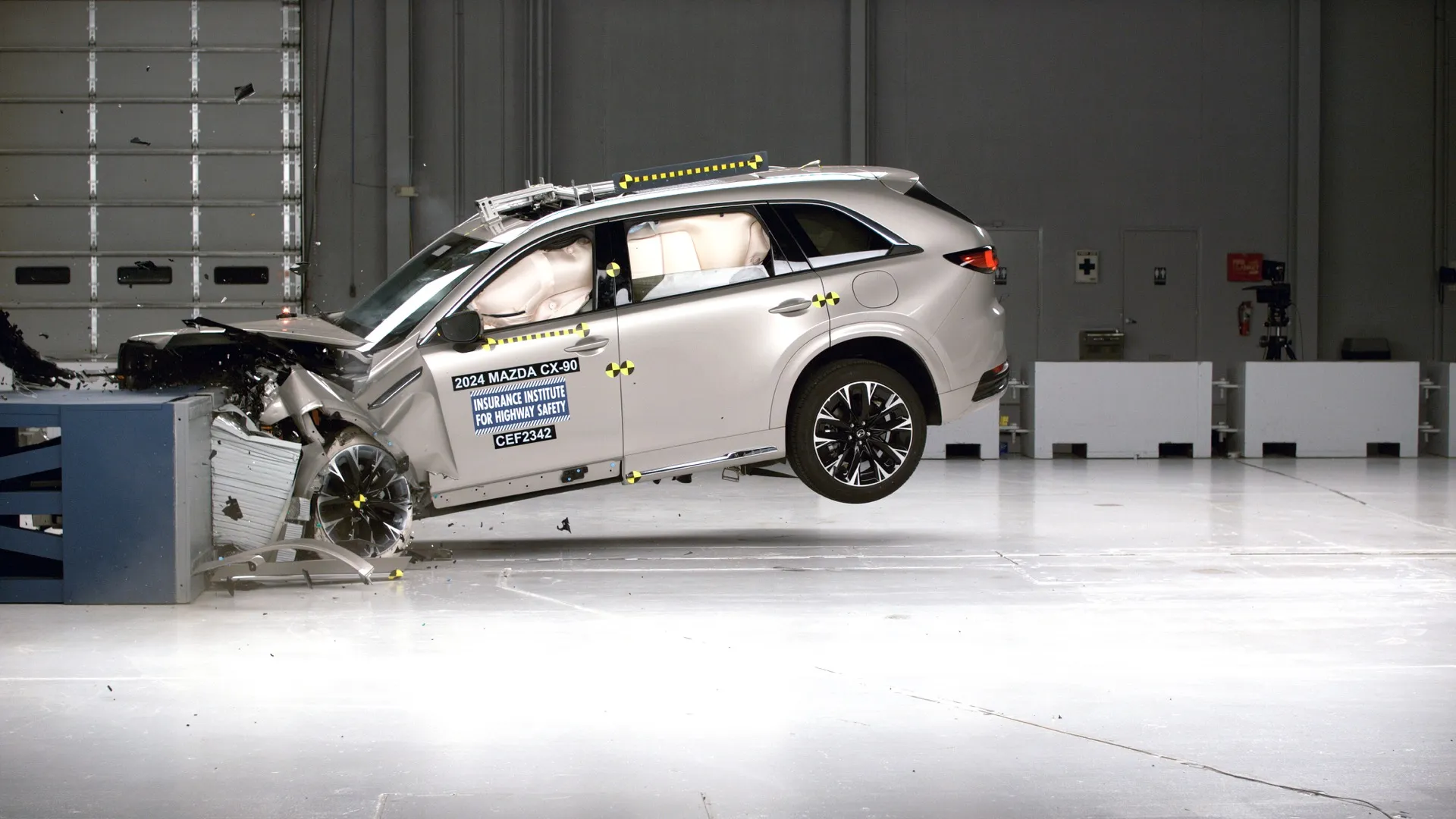










Post Comment